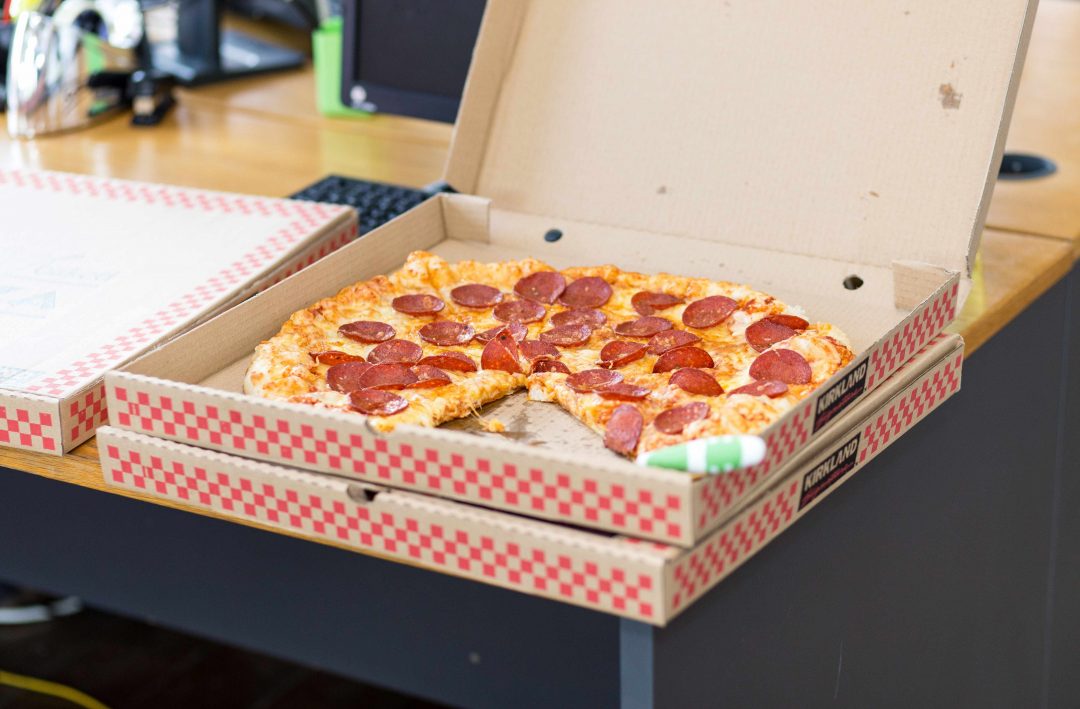Using new takeaway and delivery options, and eating-out in the North of England during COVID-19
Quick-read summary
During COVID-19, takeaway and delivery options were enhanced, and dine-in options were restricted for food retailers. This work explores how people in the North of England used the out-of-home food sector during this time.
During the COVID-19 pandemic in England, full-service food retailers (like restaurants, pubs, bars and cafes) could sell food for takeaway and delivery until March 2022.
Before the pandemic, only fast-food retailers (like Greggs, Dominos, McDonald’s, fish ‘n chip shops) could do this.
When people dined-in at the full-service food retailers they had to stick to restrictions and safety measures (like sitting outdoors only; wearing masks) which changed over time.
We surveyed 700 people living in the North of England and asked how often they used full-service and fast-food retailers and whether they dined-in, got takeaway, or got delivery.
We surveyed them three times: with strict COVID-19 restrictions, with more relaxed COVID-19 restrictions, and with no restrictions at all. We also spoke to groups of people at two separate times to understand what they thought about the new takeaway and delivery options, and their experience of the restrictions and safety measures.
Who is this evidence useful for?
Public health professionals and town planning professionals.
What is the issue?
- During the COVID-19 pandemic, full-service retailers could sell food as takeaway or delivery until March 2022. Before the pandemic, only fast-food retailers could do this.
- Public health professionals were concerned that being able to get food more easily through this new takeaway and delivery option may be bad for people’s diets and obesity levels.
- When people visited full-service venues, they had to stick to COVID-19 restrictions and safety measures like wearing a mask, and only sitting outside.
- We do not know how often people ate from fast-food and full-service retailers, or how they got their food (dine-in, takeaway, or delivery) retailers during this time
- We do not know what people thought of the new takeaway and delivery option, or their experience of dining-in at full-service retailers with restrictions and safety measures in place.
Research summary
We surveyed 700 people living in Northern England about how often they used full-service and fast-food retailers and whether they dined-in, got takeaway, or got delivery. We surveyed them three times:
- In May 2021 (only outdoor seating allowed; safety measures in place)
- In June 2021 (outdoor and indoor seating allowed; safety measures in place)
- In February 2022 (no restrictions or safety measures)
We also spoke to groups of people at timepoint 1 and timepoint 3 to understand what they thought of the new takeaway and delivery option, and how they found using full-service and fast-food retailers.
What the research found
- People ate fast-food around once a week at all the three timepoints.
- Younger people, people who had obesity, and people with food insecurity ate fast food more often.
- People often used delivery and takeaway to get fast-food.
- People ate from full-service retailers more often as restrictions relaxed over time.
- People did not often use delivery or takeaway to get food from full-service retailers.
- People thought the new delivery/takeaway option was good for helping business, but they much preferred dining-in to use full-service venues as a place to socialise.
- Full-service retailers were strongly linked to socialising with friends and family, while fast food was used for convenience.
- At timepoint 3 when inflation was rising, people said that cost played a bigger part in deciding where to eat; some people chose to eat cheaper fast-food instead of going to a full-service retailer.
Why is this important?
- Some research shows that having easy access to unhealthy food, like fast-food, is linked with eating more unhealthy food and obesity.
- To tackle this, most local authorities in England use their planning policies to restrict the number of fast-food retailers in their area.
- Delivery services can overcome this by enabling people to conveniently get fast-food even if the retailer is not nearby.
Recommendations for policy makers and practitioners
- The role of delivery services should be considered when developing local and national planning policies for obesity prevention.
- If another pandemic happened, takeaway/delivery options for full-service retailers could be reintroduced to help their business and to allow vulnerable people to enjoy these retailers.
- To tackle obesity, policies should target fast-food retailers (rather than full-service) as they are linked to obesity and issues with food security (especially in the current ‘cost of living’ crisis).
- Approaches to make takeaway food healthier while still being affordable to consumers and retailers should be explored.
This work was published in Nutrients, August 2023. You can read the full paper here
Get in touch about this research
Dr Mackenzie Fong
[email protected]
@mcknz_fong
This work was published in Nutrients, August 2023. You can read the full paper here

